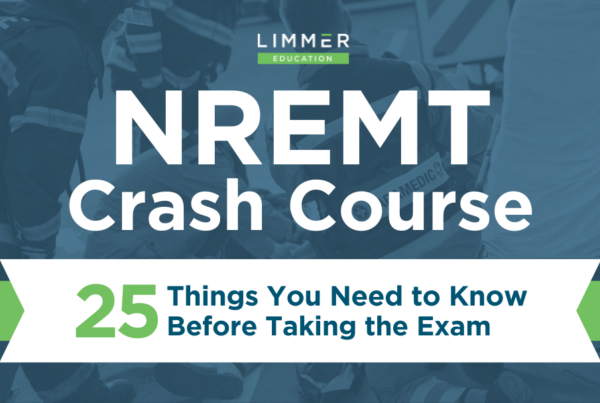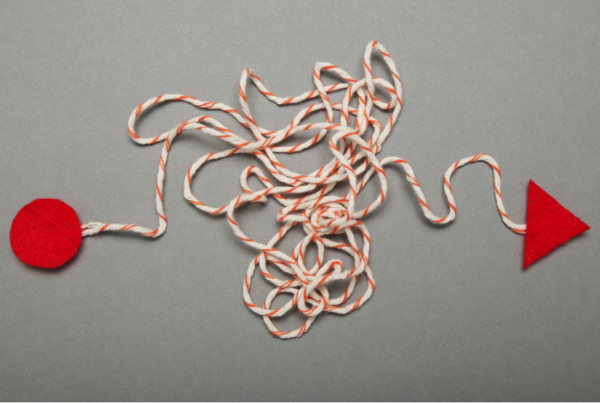While preparing for the NREMT cognitive (computer) exam seems to cause the most stress, the practical examination isn’t that far behind in its ability to tip the anxiety scale. Both are required to obtain your NREMT card.
We looked back on our articles and realized it was time to provide some tips on passing your practical. Here are our top 5:
- Practice, practice, practice. And help others practice. While there may be some benefit to reading the skill sheets, you need to get on the floor and go through the motions. It is also beneficial to watch and evaluate others while following the skill sheet.
- Keep your head about you. There are times you may get flustered. You lose your place and aren’t sure what to do next. The cool thing to do: take a moment and get your head screwed back on. It’s even ok to tell the evaluator you are going to take a second and regroup. The uncool thing to do: start verbalizing random stuff because you feel you need to do something. That will get you in trouble.
- Don’t lose easy points like standard precautions. Remember the basics in all the sections in each station. If it doesn’t go well, those little points may make a difference.
- Talk to the patient like they are the patient. Ask the patient if something hurts, not the evaluator. Talk to the patient and reassure them just like you would a real patient. Evaluators dig this – it makes you look more competent.
- Avoid critical failures. It may seem obvious, but they are guaranteed ways to fail. Do the primary before the secondary assessment, avoid excess movement of the spine and extremities, and ventilate properly. Look at the bottom of the skill sheets. Know and avoid these problems.
Our 30-minute audio by experienced practical exam evaluators Dan Limmer and Dan Batsie is free for a limited time. These hints, tips and exam psychology nuggets will help you be more confident on the day of the exam.
Like what you hear and want more audio lectures? Be sure to check out our Audio Lecture series for both EMT and AEMT.


